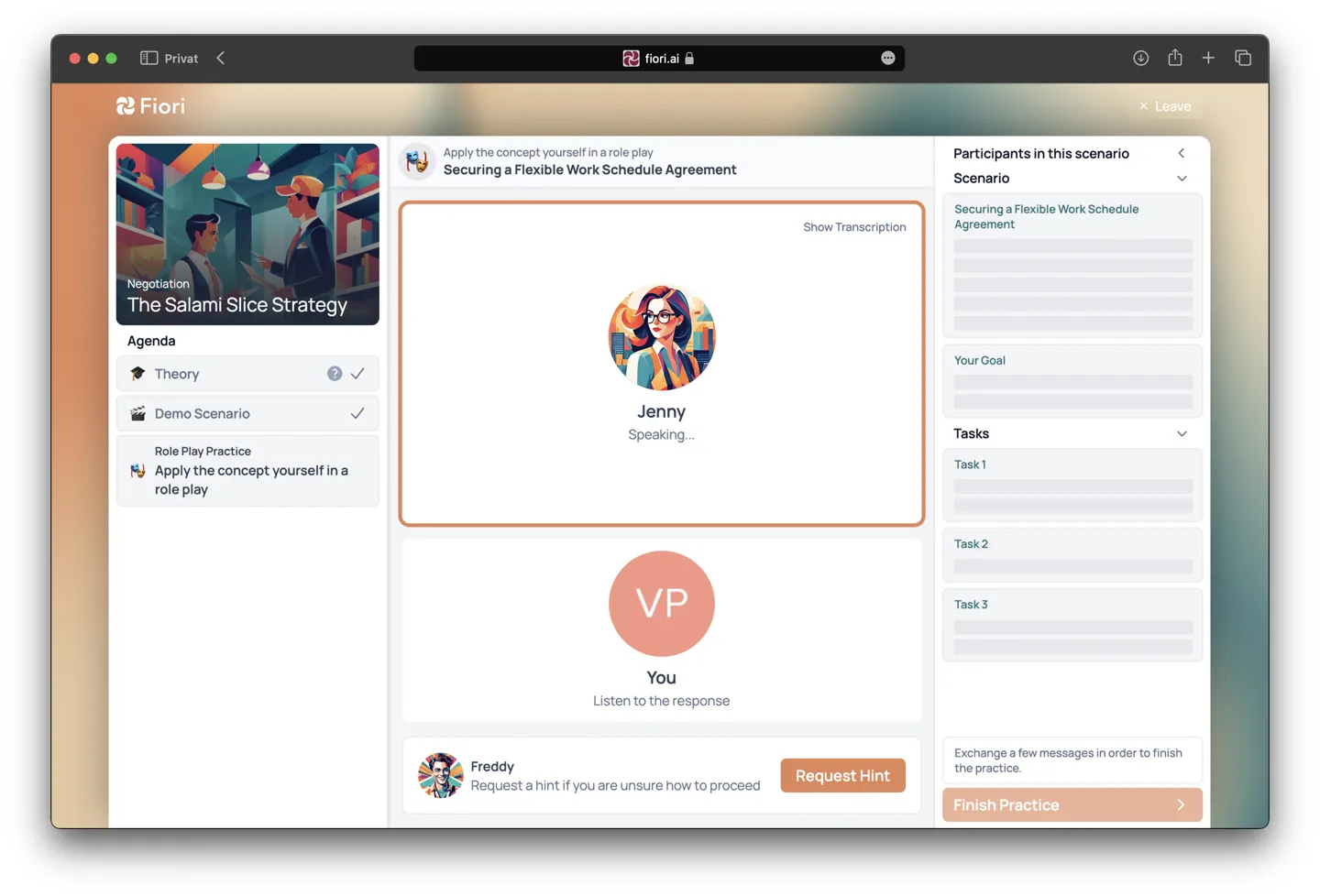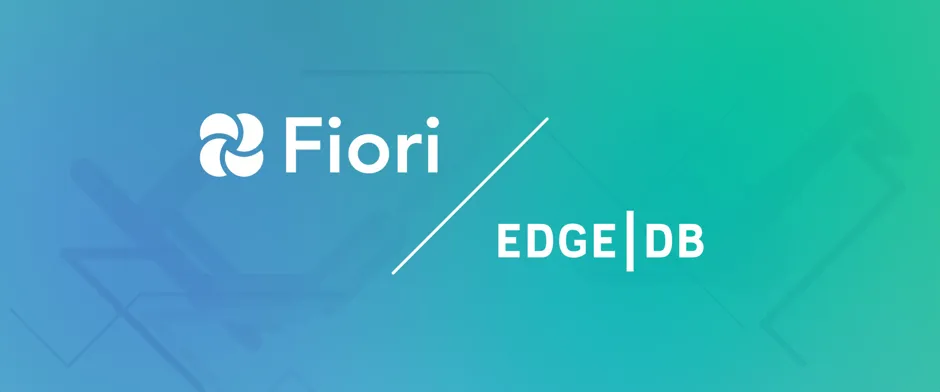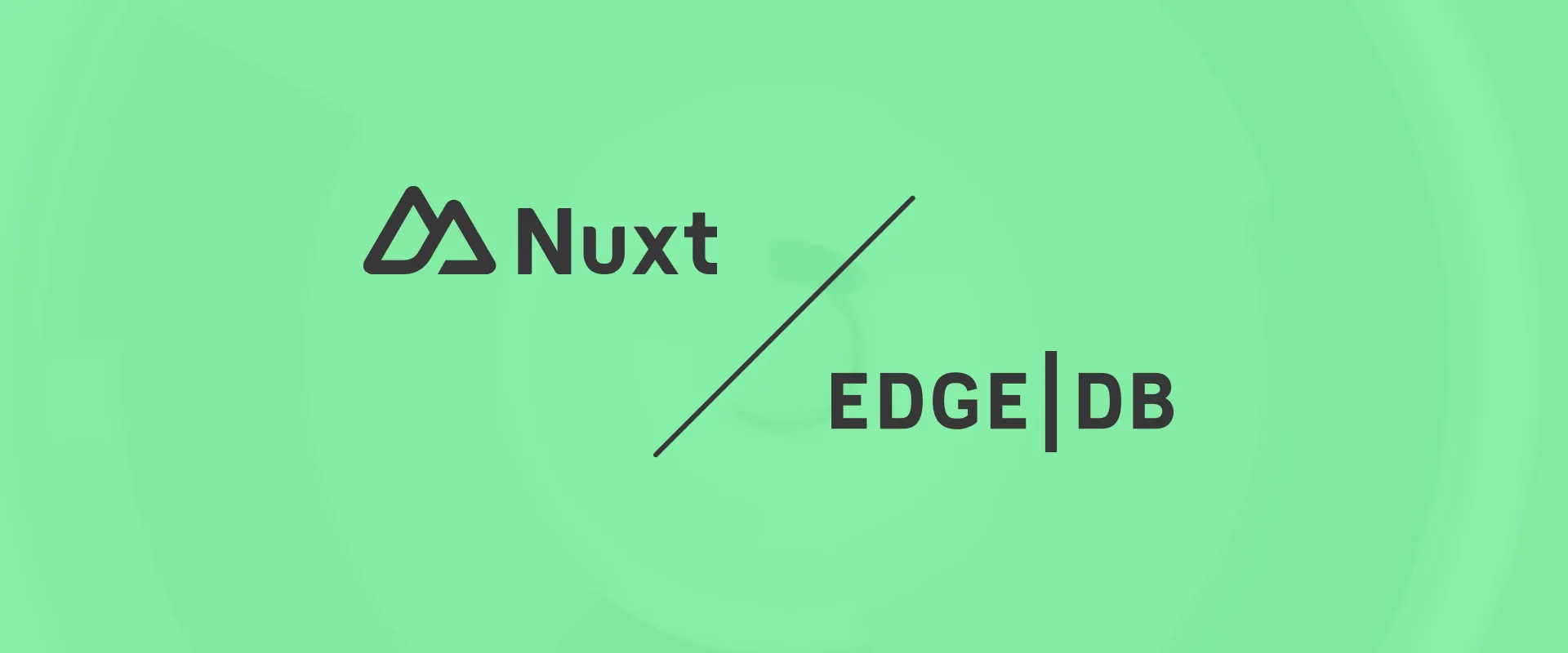At Fiori, a Munich-based AI startup, we’re on a mission to make personalized soft skills coaching accessible to everyone. We’ve found that coaching in communication and thinking skills is an effective way to reach professional goals but tends to be pricey, impersonal, or inflexible. Our recently launched public beta aims to address this by allowing you to learn new negotiation strategies on demand and practice them in a natural conversation with an AI opponent. A virtual coach provides you with feedback and evaluates your performance in the form of an overall score. (Try beating my high score of 24 out of 30!) While users have reported they’d already love Fiori to prepare for salary negotiations and HR interviews, we’re not planning on stopping here but aim to expand to other skills in the near future.

So how did Fiori cross paths with EdgeDB, and why did we decide to make it an essential part of our tech stack? Let me take you on a brief journey.
Adopting EdgeDB
Given the nature of our small team around Matthias (LinkedIn), Niko (LinkedIn), and me (LinkedIn), our engineering capacity is limited, and we handle our resources with care. Managing our data schema, writing queries, and taking care of database deployments shouldn’t require a dedicated backend engineer as we aim to move swiftly with a flexible full-stack team, without compromising quality, robustness, or scalability.
In previous projects, we’ve experienced the pros and cons of various database systems, such as MongoDB and Postgres. We liked the flexibility that a NoSQL database like MongoDB offers (I can shove documents into other documents—amazing!), yet we also appreciated Postgres’ strictly typed schema. We’ve tested the limits of ORMs such as Django and faced incomprehensible SQL queries when trying to move away from it. In short, there was always a downside, and EdgeDB seemed too good to be true at first: it combines the power of Postgres-like typing with a MongoDB-like ability for nested data structures, a GraphQL-like query language, and lots of syntactic sugar.
When we were building our first prototype for Fiori, we knew it would be the perfect opportunity to try out EdgeDB in a production environment. In the end, it not only helped us iterate over our prototype very quickly but also became a permanent complement to our tech stack, which revolves around TypeScript, Deno, and Vue.js/Nuxt.
Advantages of EdgeDB
There are various EdgeDB features we’ve grown fond of, such as the declarative data schema and query language, enabling compact, boilerplate-free, and readable code. Having used several ORMs in the past, we appreciate EdgeDB for being a thin layer rather than a heavyweight black box. The EdgeDB Cloud UI is a convenient way to quickly validate or edit content; in fact, even colleagues without a technical background are able to use it.

What I personally value the most, however, is the way EdgeDB allows us to incorporate business logic and constraints at the database level. Let me provide you an example to demonstrate how.
Putting business logic in the database
We were once faced with the following engineering task: finding a lesson’s
overall completion date. Fiori’s educational content is organized into lessons
for users. Each lesson covers a specific soft skill strategy, first explaining
how it can be applied and then allowing practice in a virtual conversation with
an AI opponent. To reflect this model in our database schema, we have a
Lesson type that is linked to multiple Sections (such as theory and
practice sections). The user completes sections one by one, which updates the
respective completed_at date. Now, here is the challenge: in addition to
the completion date at the section level, we also required a completion date at
the lesson level, which follows two constraints:
-
If not all sections are completed (i.e. have a
completion_date) the lesson is also not completed and should have nocompletion_date. -
If all sections are completed, the lesson’s completion date should be set to the latest completion date of all sections.
So, where in your software architecture is the ideal place to enforce those constraints? Some might say in the backend; others might even place the logic in the frontend code. However, both approaches come with some drawbacks: redundancy between the section’s and lesson’s completion date, additional code, and error-proneness (e.g. forgetting to update the lesson’s completion date when restarting a section, introducing edge cases when the lesson’s completion date does not align with the sections anymore).

This led us to two conclusions. First, we are engineers, so of course we love to overthink simple problems. Second, the more you think about it, the more obvious it seems to define this kind of business logic in the database itself, using the computed properties EdgeDB provides. It eliminates any kind of error-proneness as it is dynamically computed based on the sections and therefore doesn’t need to be set manually when the section or lesson is updated. Furthermore, it avoids redundancy for the same reason. Here is a slice of our schema (liberally commented with explanations) so you can see how we implement this:
type Lesson {
# ...
# link to the soft skill strategy this lesson is about
required strategy: Strategy;
# link to the user the lesson belongs to, with cascading
# deletion rule to avoid orphan lessons in case user is
# deleted
required user: User {
on target delete delete source;
};
# A lesson can have multiple sections of different formats: They
# point to the lesson. Those sections can simply be accessed
# by the multi backlink here to avoid complex joins in queries.
# The backlink is correctly sorted by a section property
# (sequence_number, which reflects the order of the sections).
multi sections := (
select Section filter .lesson = Lesson
order by .sequence_number asc
);
# Business logic: the lesson is completed if all of its sections
# are completed. If so, then the lesson's completion date is the
# latest section completion date. Otherwise, the lesson's
# completion date is an empty set.
completed_at := (
if (
exists (
select .sections filter not exists .completed_at
)
) then (
<datetime>{}
) else (
max(.sections.completed_at)
)
);
}
# A lesson consists of multiple sections of different formats.
# Those different section formats are reflected in a section
# taxonomy, where the common fields are grouped in an abstract
# parent type `Section`.
abstract type Section {
# ...
# link to lesson this section belongs to
required link lesson: Lesson {
on target delete delete source;
};
# completion date, set once user has completed section
completed_at: datetime;
}
# a section type that provides theoretical information about a
# soft skill strategy
type TheorySection extending Section {
# ...
# the lesson's strategy, added at section level for convenience
strategy := (.lesson.strategy);
# theory content about the strategy
introduction: str;
application: str;
application_examples:
array<tuple<title: str, description: str>>;
}
# a section type that provides a practical scenario in which the
# user can apply and practice the strategy
type PracticeSection extending Section {
# ...
# the scenario that the user has chosen to simulate
required scenario: PracticeScenario {
on target delete delete source;
};
# the messages the user has exchanged with the opponent
multi link messages: Message {
on target delete delete source;
};
# the assessment evaluating the user's performance
assessment: PracticeAssessment {
on target delete delete source;
};
}Given my history in Swift programming, computed properties have been a “missing piece” for me in many languages that I’ve used, as they reduce redundancy and boilerplate code while seamlessly integrating into the model. You can imagine my surprise to finally see them again, in a database schema language!
Those examples aren’t all though. We also use it to award our “medals” — awards for achieving high scores on assessments:
type PracticeSection {
# ...
# Automatically compute the achieved medal based on the
# assessment score
medal := get_medal(.assessment.score);
}
scalar type Medal extending enum<"gold", "silver", "bronze">;
# function to map integer score to medal enum
# (i.e. bronze, silver, or gold medal)
function get_medal(grade: int64) -> optional Medal using (
if (grade >= 25) then (
default::Medal.gold
) else if (grade >= 20) then (
default::Medal.silver
) else if (grade >= 15) then (
default::Medal.bronze
) else (
{}
)
);Going beyond schema, we’ve reduced even more of the burden on our application
code with a polymorphic query to fetch any section by its id, regardless of
the section type.
select Section {
# access all common base section fields such as completion_date
*,
# access specific theory section fields in case section_id
# refers to a theory section
[is TheorySection].introduction,
[is TheorySection].application,
[is TheorySection].application_examples,
# ...
# access specific practice section fields in case section_id
# refers to a practice section
[is PracticeSection].scenario: { * },
[is PracticeSection].messages: {
*,
sender: { * }
} order by .date asc,
} filter .id = <uuid>$section_id;

